12 Legendary Ports That Shaped World Trade
Throughout history, certain ports have played pivotal roles in shaping global trade by connecting diverse regions and facilitating the exchange of goods, cultures, and innovations. From ancient hubs like Tyre and Byblos to modern-day powerhouses such as Singapore and Rotterdam, these trade centers have been at the heart of economic development. Their strategic locations, advanced infrastructure, and thriving commerce have influenced the course of global economies, fostering long-lasting trade networks that still impact us today.
This post may contain affiliate links, which helps keep this content free. Please read our disclosure for more info.
Tyre, Phoenicia (modern-day Lebanon)
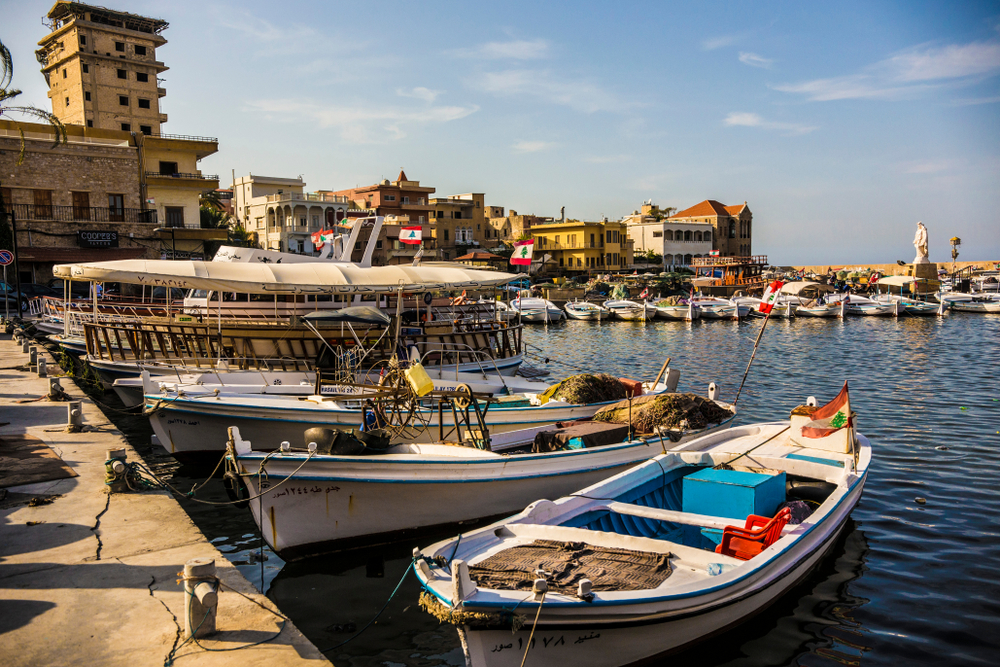
Tyre, one of the great cities of ancient Phoenicia, is widely regarded as a foundational hub of world trade. Situated along the coast of the eastern Mediterranean, Tyre became the epicenter of Phoenician maritime prowess. The Phoenicians, renowned for their shipbuilding skills and navigational expertise, used Tyre as a base to launch their trading expeditions across the Mediterranean, Africa, and the Near East. Tyre’s strategic location allowed it to connect trade routes spanning from the Nile to the Aegean Sea, exchanging goods such as timber, glass, and the prized Tyrian purple dye, derived from a rare sea snail.
Tyre also played a crucial role in the development of the alphabet, which the Phoenicians created as an easier way to record trade transactions. This innovation spread throughout the ancient world, revolutionizing communication. The city’s advanced dockyards and shipbuilding technology allowed it to dominate Mediterranean trade for centuries, setting a precedent for future port cities and influencing trade practices worldwide. The port’s ability to adapt and innovate in maritime technology laid the groundwork for much of the ancient world’s commercial network.
Byblos, Phoenicia
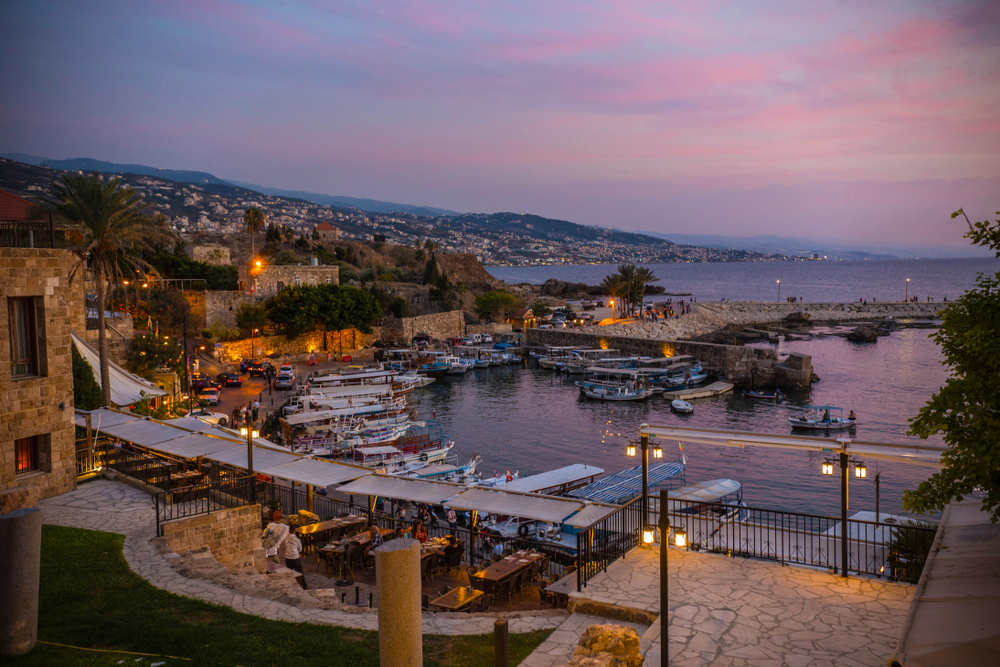
Byblos, another Phoenician city, holds a distinguished place in the history of world trade. As one of the oldest continuously inhabited cities, Byblos was an essential Mediterranean port that thrived due to its ideal location along the Lebanese coast. It became the center of the timber trade, supplying Egypt with the cedar wood essential for shipbuilding and temple construction. Additionally, Byblos’ trade network extended to Mesopotamia, the Levant, and even to regions beyond the Mediterranean, where it facilitated the exchange of goods like wine, glass, and papyrus.
One of Byblos’ most significant contributions was its role in the early development of writing systems. The city is believed to have been a key player in the transmission of the alphabet to the ancient world, which had a profound impact on global trade and communication. Byblos was also instrumental in linking the major cultures of the ancient world, helping to create the economic and cultural connections that would persist for centuries. Its role as a trade center and cultural bridge made it indispensable to the ancient Mediterranean economy.
Lothal, Indus Valley Civilization (modern-day India)
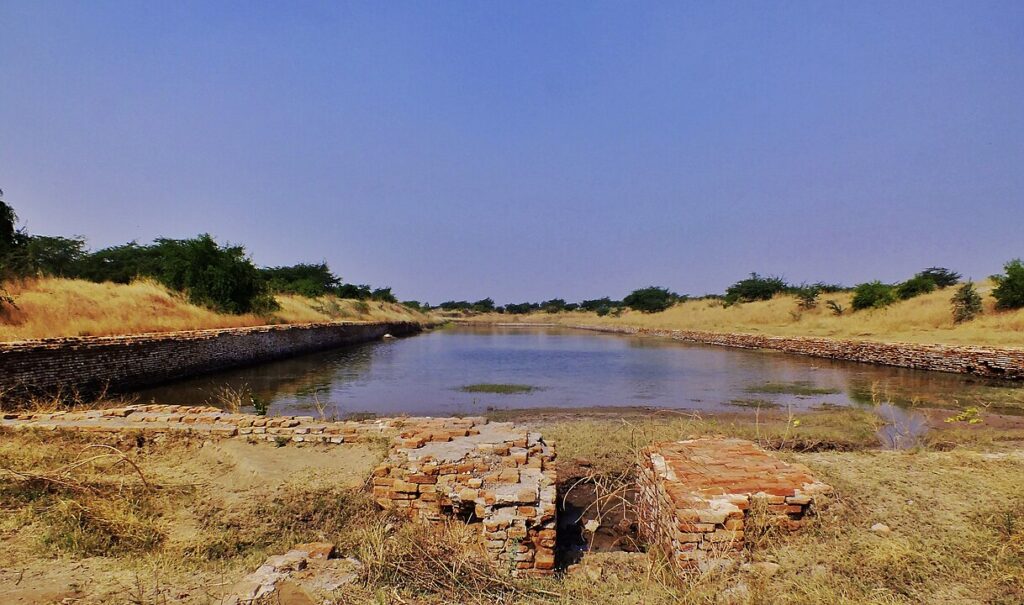
Lothal, an ancient port city located in the region of the Indus Valley Civilization, was crucial to the development of trade in the ancient world. Located near the Gulf of Khambhat in modern-day Gujarat, India, Lothal served as a maritime hub that connected the Indus Valley with Mesopotamia and the Arabian Peninsula. The city’s well-preserved dockyard, one of the oldest in the world, highlights the advanced maritime technology of the time. Lothal was a center for the trade of beads, precious stones, metals, and cotton, which were highly sought after in other regions, especially in Mesopotamia.
Lothal’s significance was not limited to its commercial activities; it also played a key role in the exchange of knowledge and technologies. The sophisticated dockyard, the use of seals for trade transactions, and the city’s advanced urban planning demonstrate Lothal’s position at the crossroads of ancient civilizations. The port facilitated cultural interactions, enriching both the Indus Valley and its trading partners, and thus shaping the early globalization of commerce.
Venice, Italy
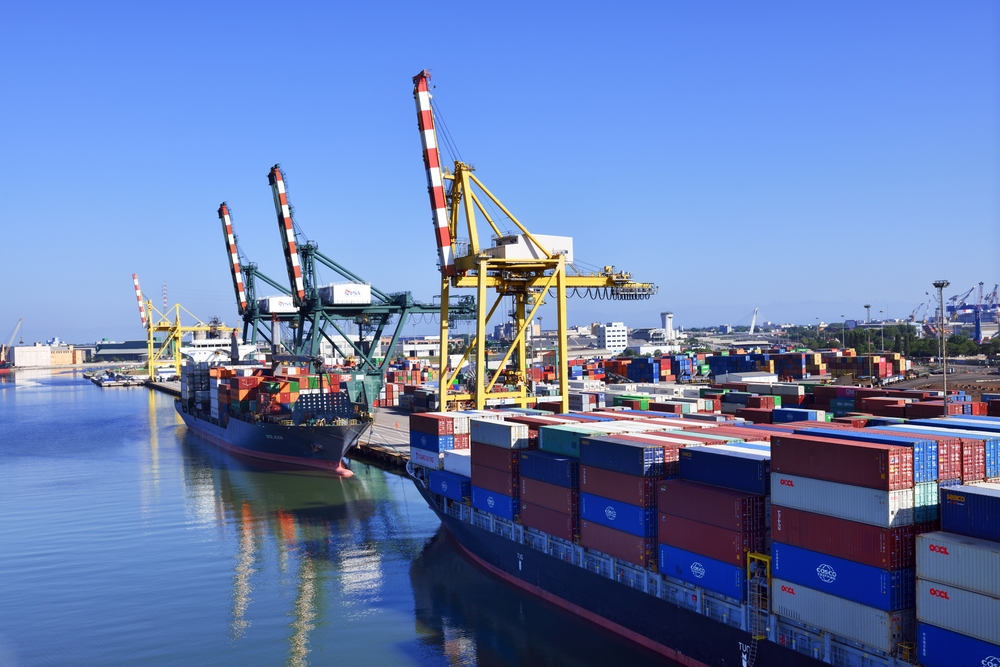
Venice’s rise as a global trade power during the medieval and Renaissance periods marked it as one of the most influential ports in world history. Venice’s strategic position on the Adriatic Sea made it the gateway between the East and West, connecting Europe with Asia, North Africa, and the Byzantine Empire. The city’s powerful merchant class controlled trade routes that brought luxury goods such as silk, spices, and precious stones from the Orient to European markets. Venetian merchants became extremely wealthy and influential, and the city’s ships were the most advanced in the world, allowing Venice to dominate Mediterranean trade.
Venice’s economic power was supported by a sophisticated financial system, including early forms of bills of exchange and banking institutions that facilitated international trade. The city also served as a middleman in the transfer of goods from the Islamic world to Christian Europe, creating a vast network of economic influence. Venice’s success in both maritime trade and banking helped solidify its status as a hub of commerce and culture, influencing European economies and beyond for centuries.
Alexandria, Egypt
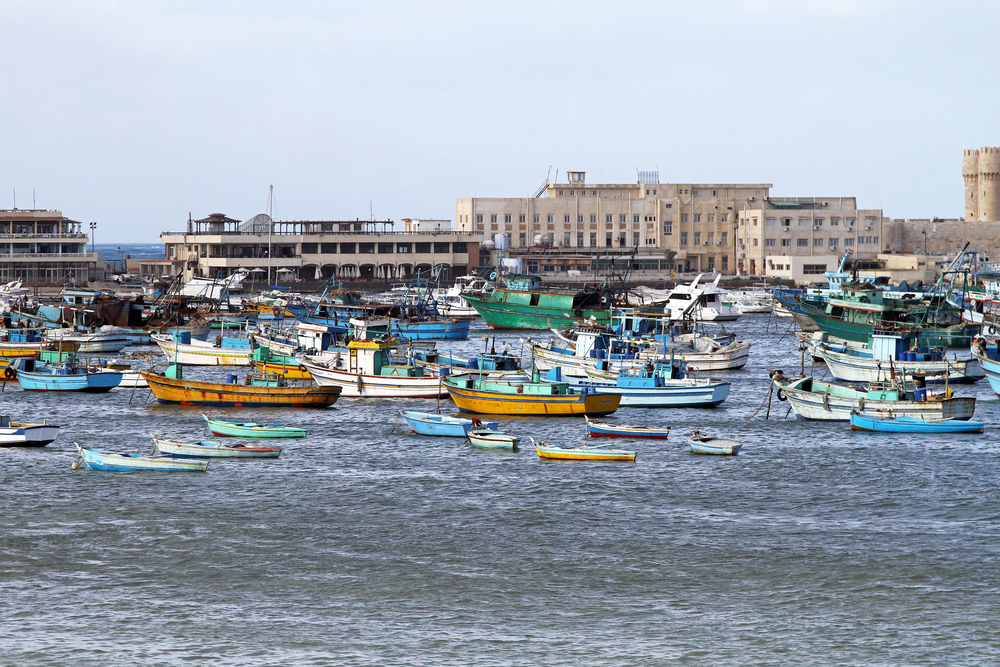
Alexandria, founded by Alexander the Great in 331 BCE, quickly became one of the most important ports in the ancient world. Positioned on Egypt’s Mediterranean coast, Alexandria served as a crucial point of contact between Europe, Africa, and Asia. The port connected the Mediterranean world with the Red Sea and the Indian Ocean, facilitating trade between Egypt, the Arabian Peninsula, and India. Alexandria’s wealth was built on its role as a center for the trade of grain, papyrus, and other goods, and it became the intellectual hub of the ancient world with the famous Library of Alexandria.
The city’s strategic location also allowed it to become a cultural melting pot, where ideas, goods, and people from all over the ancient world converged. Alexandria was key in the spread of Hellenistic culture and served as a crossroads for early Christianity, which further enhanced its position in world trade. The port played a critical role in linking East and West, facilitating the flow of not only commodities but also knowledge and innovation.
Calicut, India
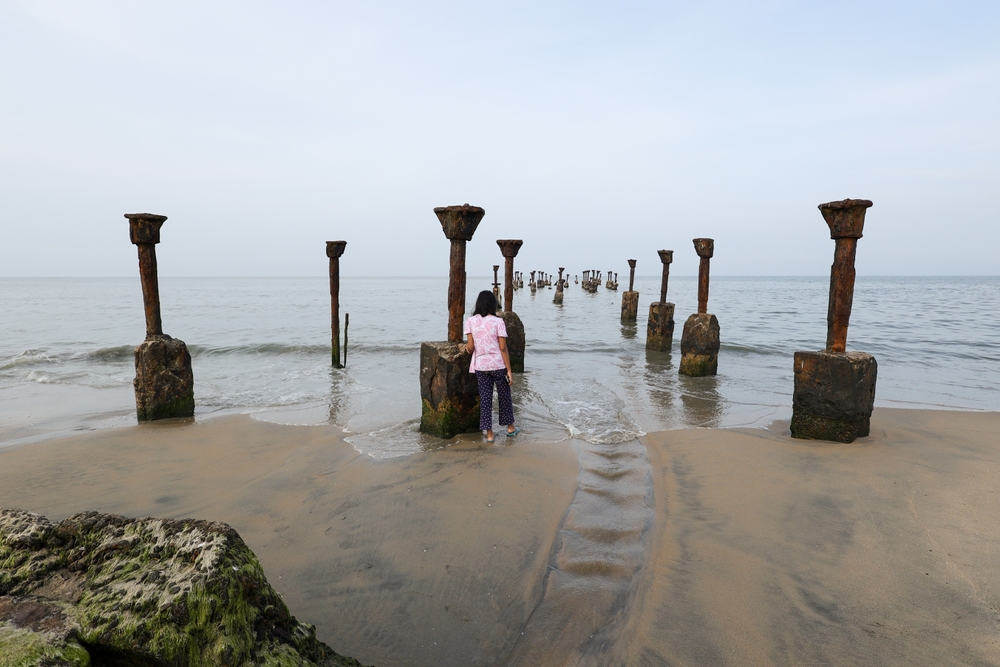
Calicut, located on the Malabar Coast of India, was one of the most important ports in the Indian Ocean trade network. By the medieval period, Calicut had become the center of the spice trade, particularly in black pepper, which was highly prized by European traders. The city’s strategic location along the southwest coast of India made it an essential stop for trade routes linking the Arabian Peninsula, East Africa, and Southeast Asia. Calicut’s traders established direct maritime links with the Persian Gulf, China, and later with the Portuguese during the Age of Exploration.
The significance of Calicut in global trade was bolstered by its thriving markets and the use of advanced shipbuilding techniques. As the primary port for spices, textiles, and other commodities, Calicut became a melting pot of cultures, ideas, and goods. The city’s importance continued to grow as European powers sought to control its lucrative spice trade, leaving a lasting impact on the global economy.
Lisbon, Portugal
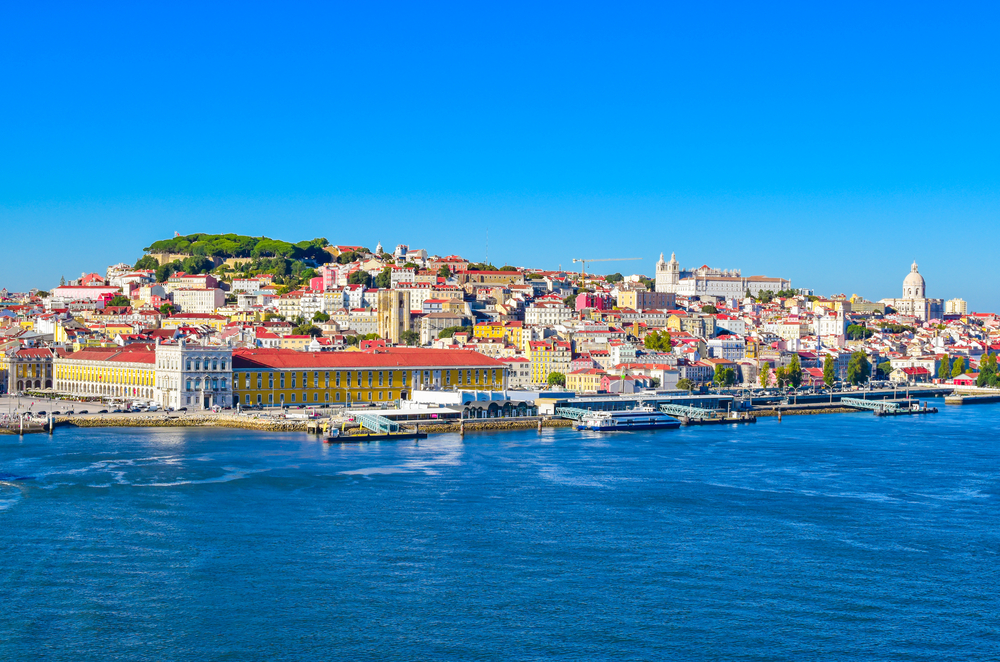
Lisbon was the launching point for Portugal’s Age of Exploration, and its port played a central role in establishing Portuguese dominance in global trade. By the 15th century, Lisbon became the hub for European trade with Africa, Asia, and the Americas. Portuguese explorers, including Vasco da Gama, set out from Lisbon to find new trade routes, eventually opening up maritime passages to India, Brazil, and the Far East. The city’s trade in sugar, spices, and slaves became a key pillar of the Portuguese economy.
Lisbon’s status as a key port city was enhanced by its vibrant shipbuilding industry and its position at the crossroads of Atlantic and Mediterranean trade. The port’s economic success laid the foundation for Portugal’s colonial empire, influencing global trade patterns for centuries.
London, England
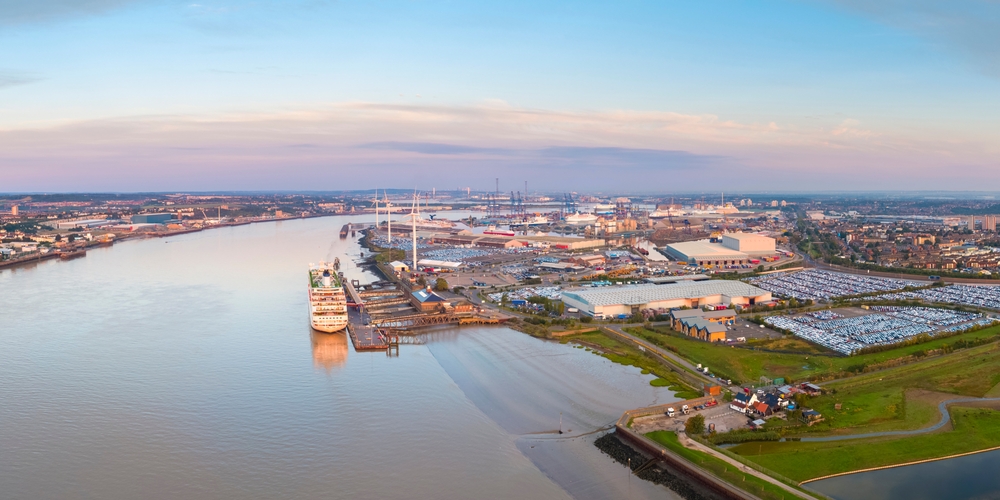
London’s rise as a dominant global trade center occurred gradually but was propelled by its access to the Thames River and the burgeoning British Empire. The city became a key port for the transatlantic slave trade, as well as for the exchange of goods like tobacco, sugar, and cotton. London’s financial sector also began to develop during this time, with the establishment of institutions such as the Bank of England and the London Stock Exchange, which further bolstered its position in global commerce.
The port of London played a significant role in shaping the modern global economy, as it was instrumental in facilitating trade between Europe, Africa, and the Americas. The city’s influence continued to grow as the British Empire expanded, and by the 19th century, London was regarded as the financial capital of the world, with its port serving as a vital gateway for international trade.
Amsterdam, Netherlands
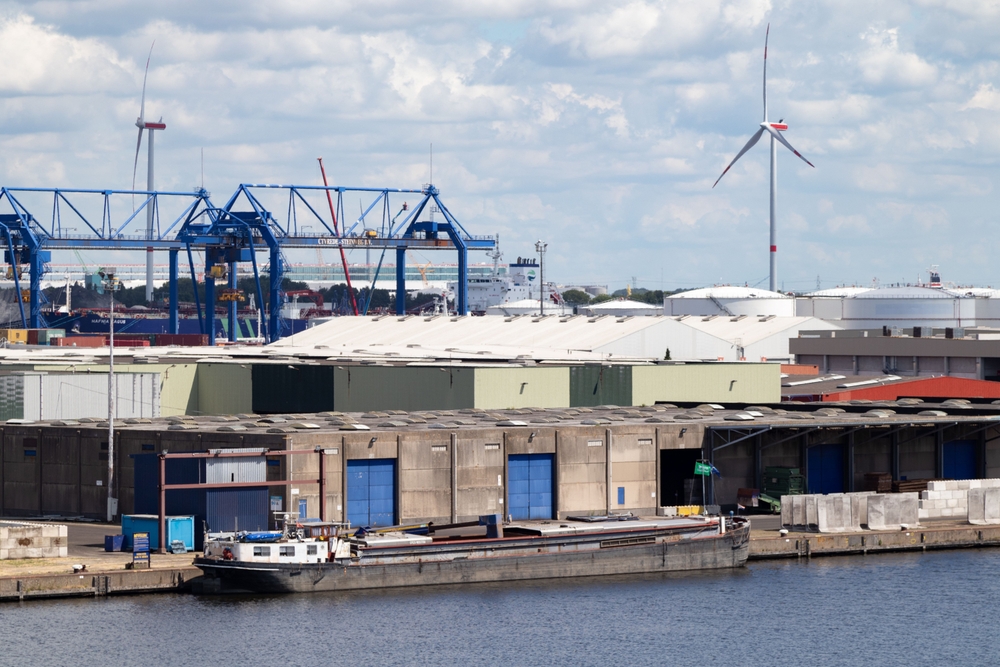
During the 17th century, Amsterdam became one of the leading ports in the world, fueled by the Dutch East India Company and its vast network of trading posts in Asia. Amsterdam was not just a port for goods but also a financial center, with the Amsterdam Stock Exchange becoming the world’s first official stock exchange. The city’s trade routes spanned from Europe to the Americas, Africa, and Asia, with commodities such as spices, sugar, and precious metals flowing through its docks.
The city’s strategic location on the North Sea made it an essential hub for maritime trade, and its commercial success was supported by innovations in banking, insurance, and the development of futures markets. Amsterdam’s dominance in global trade during the 17th century laid the foundation for modern financial practices, making it a key player in world trade.
New York, USA
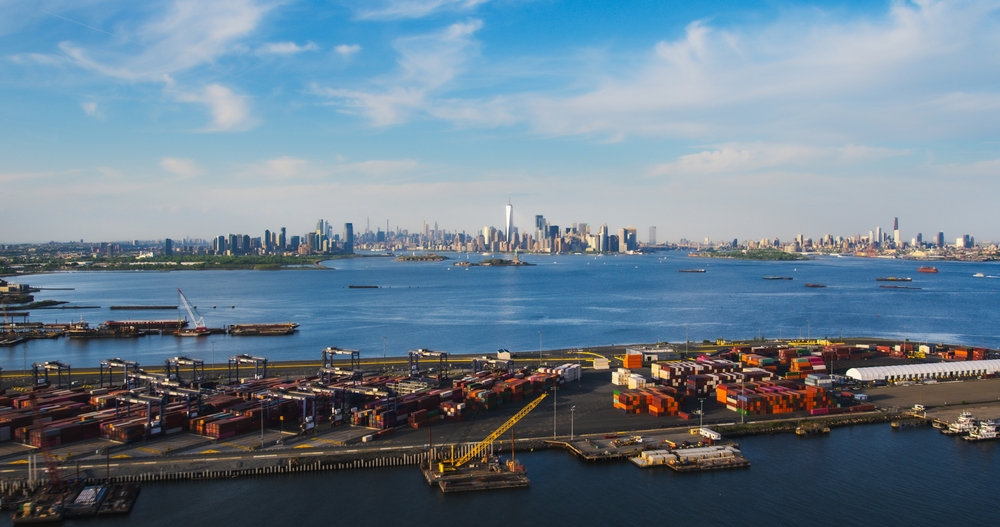
New York’s port has been a central hub for trade in the Western Hemisphere since the 17th century. The city’s location at the mouth of the Hudson River allowed it to become a critical point for goods flowing between Europe and the Americas. New York grew rapidly as the gateway for European immigrants and as the entry point for raw materials, which were processed and distributed across the United States. The construction of the Erie Canal in the early 19th century further bolstered New York’s position, connecting the Great Lakes to the Atlantic Ocean.
New York became a dominant force in the global trade of raw materials, manufactured goods, and financial products. The city’s importance in the global economy continued to expand as it became a major center for banking, finance, and commerce, influencing world trade throughout the 20th and 21st centuries.
Hong Kong, China
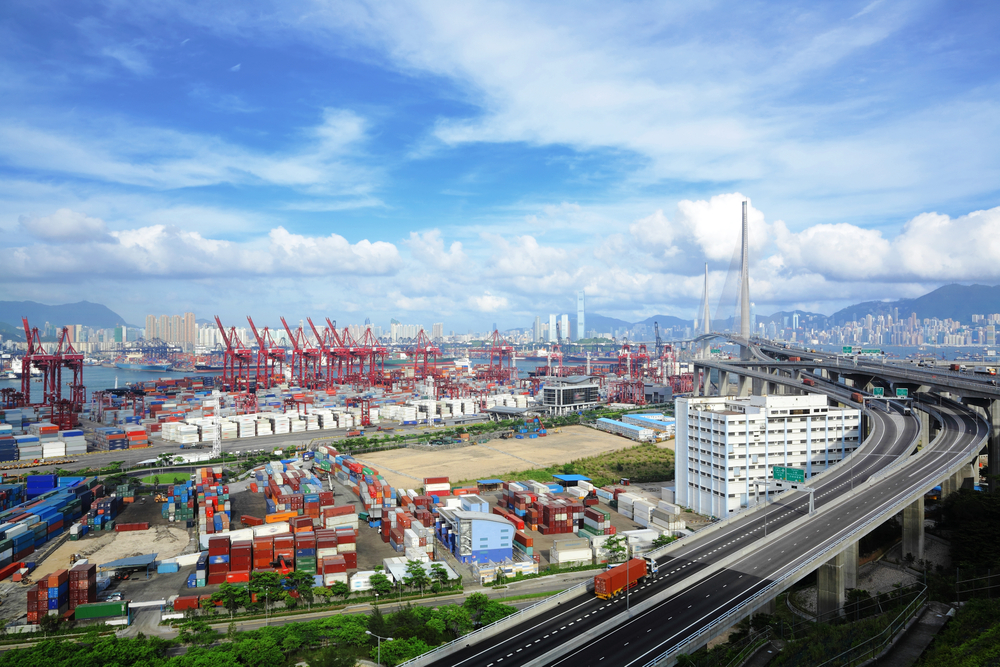
Hong Kong has long been a vital port in Asia, serving as the bridge between mainland China and the rest of the world. During the 19th and 20th centuries, Hong Kong’s port played a central role in facilitating trade between China and the Western world, particularly during the British colonial period. The city’s position on the South China Sea made it an ideal gateway for the export of Chinese goods, including tea, silk, and porcelain, as well as for the import of foreign products.
Hong Kong’s free trade policies, strategic location, and advanced port infrastructure made it a global financial and trading hub. The city’s port continues to be one of the busiest in the world, handling vast amounts of international trade and solidifying its place in the global economy.
Singapore
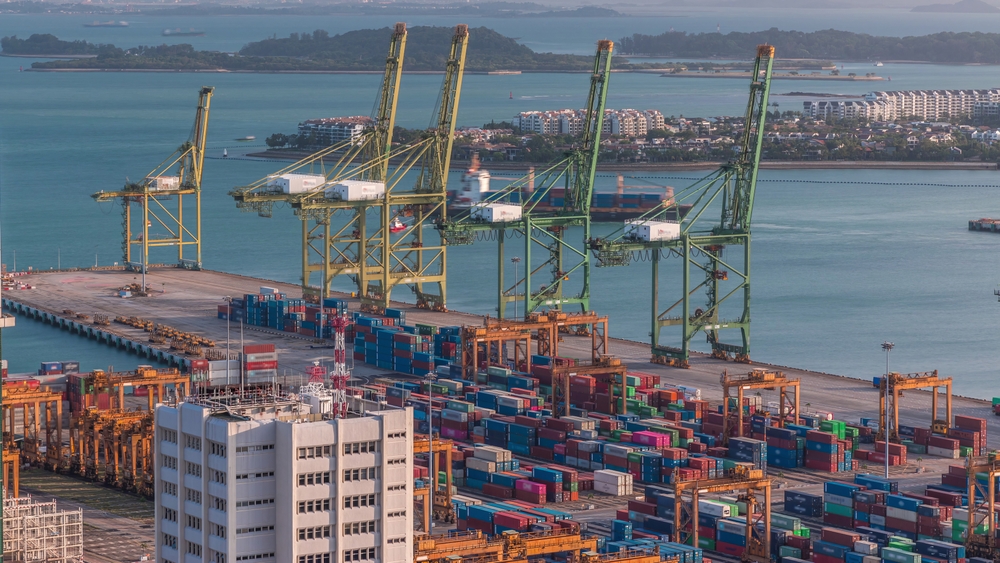
Singapore has transformed into one of the busiest and most efficient ports in the world, serving as a vital hub for global trade. Situated at the crossroads of the Pacific and Indian Oceans, Singapore’s port has been a key gateway for trade between East Asia, Southeast Asia, and the rest of the world. The city-state’s strategic location, combined with its well-developed infrastructure, has made it a crucial transshipment hub for containers.
Singapore’s efficient port services and its role as a center for oil refining, electronics, and other key industries have made it one of the world’s wealthiest countries. Its port is considered a model of modernity, and its success has made it a significant player in global trade for decades.
This article originally appeared on Avocadu.
